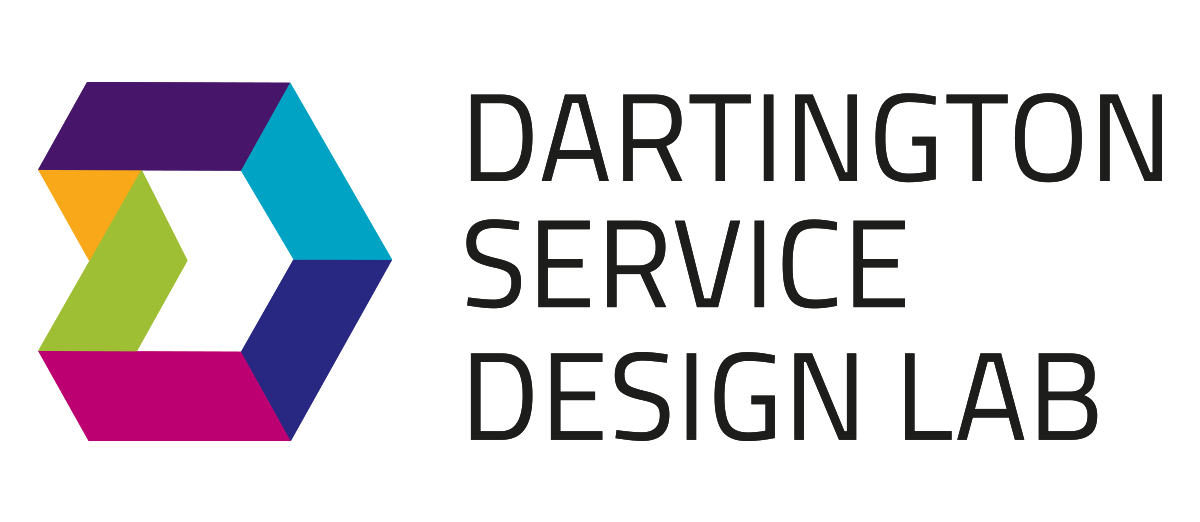Child safety and wellbeing during Covid-19: A tool for strategic responses
Maxwell Murphy | Researcher
Over the past few months, services throughout the UK have rapidly adjusted provisions to respond to the emerging protection concerns as isolation measures are introduced as a means of slowing the COVID-19 outbreak. From epidemiology to digital best practice, there has been a torrent of information on the radars of practitioners and the public alike. Despite being put forward with the best of intentions, too much information can also inhibit decision making. We become overwhelmed.
This was certainly Dartington’s impression as we have navigated the diverse literature surrounding public service responses during infectious disease outbreaks. Whilst there was comprehensive information surrounding the topic, it was very difficult to find a clear set of actions. Reflecting on this, we set out to develop a simple tool to help give focus and structure to decision-making during a period of intense uncertainty and constant change.
This document has been developed using a three-stage process that draws upon research, conversations with practitioners and ‘grey’ literature. The aim was not to create novel information, but instead to translate existing best practice into a format that prompts planning and action at the strategic level. The document is intended for commissioners, service planners, casework managers and any others directing strategy-level responses to COVID-19. This includes those working in social care, education and health, but also across the voluntary sector providing services for children and families. To view the tool, please use the download the link at the end of this blog or click here now.
The design method behind the Checklist consists of three stages: reviewing, synthesising and creating into an accessible toolkit.
Review of COVID-19 context
The first stage of development involved a desk-based review – scoping out robust research as well as attending learning events and forums for sharing experiences and adaptations within the COVID context. From the research, a crucial source was the technical note and guidance note from the Alliance for Child Protection in Humanitarian Action on the impact infectious disease outbreaks and their associated control measures can have on children and families. These documents are comprehensive and draw together learning from some of the most damaging infectious disease outbreaks in recent history, such as SARS and EBOLA. As far as possible, we’ve preserved the recommendations from these documents, as their findings are based on solid evidence and practice-based learning. Any amendments made have been done in situations where the learning is not reflective of the social context within the UK due to differences in economic stability, political stability and existing health infrastructure.
Further to this, we reviewed a range of academic publications surrounding infectious disease case studies that most closely aligned with the present UK context – such as the SARS outbreak in Singapore. Attending events hosted by the SCVO, BIHR and NESTA, as well as having exploratory conversations with project partners, allowed us to tap into the key needs faced by services as well as understand risks that are unique to the present COVID-19 outbreak within the UK. These scoping activities formed the conceptual foundation from which insights were adapted into the tool (for a comprehensive list of references, please see the appendix here).
Synthesising Key Messages
Upon completion of the review phase, a draft matrix was developed that drew the key risks to children and families together with reflective questions that, when answered, help to inform a strategic response to these risks during a COVID pandemic. Some additional risks were included such as ‘Racial Stigmatisation related to the infectious disease’.
Further to this, based on practitioner feedback, inter-family violence was separated into separate risks to bring awareness not only to parent-to-child violence but also child-to-parent violence – both are likely to increase but they require different responses.
The draft matrix also aligned risk factors to ecological levels of child, family, community and systems, to highlight the importance of coordinated responses at the local level. In the end, we distilled the resource down to two pages: a draft risk register and a summary of mitigating actions.
Design & Testing Process
Following this process, we then brought the document to our in-house design team, who incorporating knowledge on service design and practitioner engagement, redesigned the risk register and mitigating actions into an interactive document. This resulted in the inclusion of editable categories aligned to each risk area, where local response strategies can be entered, and risks can be rated on their prevalence and priority.
Responding to feedback from practitioners and service managers that their mental bandwidth was being reduced as a result of having to constantly absorb and engage with new information, we included a summary page that is automatically generated upon completion of the tool, highlighting high and medium risks that require local action. The feasibility of the tool was then reviewed by practitioners and project contacts whose feedback was incorporated into the design iteratively.
Immediate and urgent need
More than ever, evidence-based practices to support children and families are essential: our present context is one in which guidance can be unclear and information can be overwhelming. In response, this document seeks to provide a touchpoint for service managers and commissioners to monitor the many and changing risks emerging during the pandemic and plan appropriate strategic responses tailored to their need. As the COVID-19 outbreak progresses, the demands placed on services, staff, children and families will continue. It’s down to us to make as many informed choices as we can.

